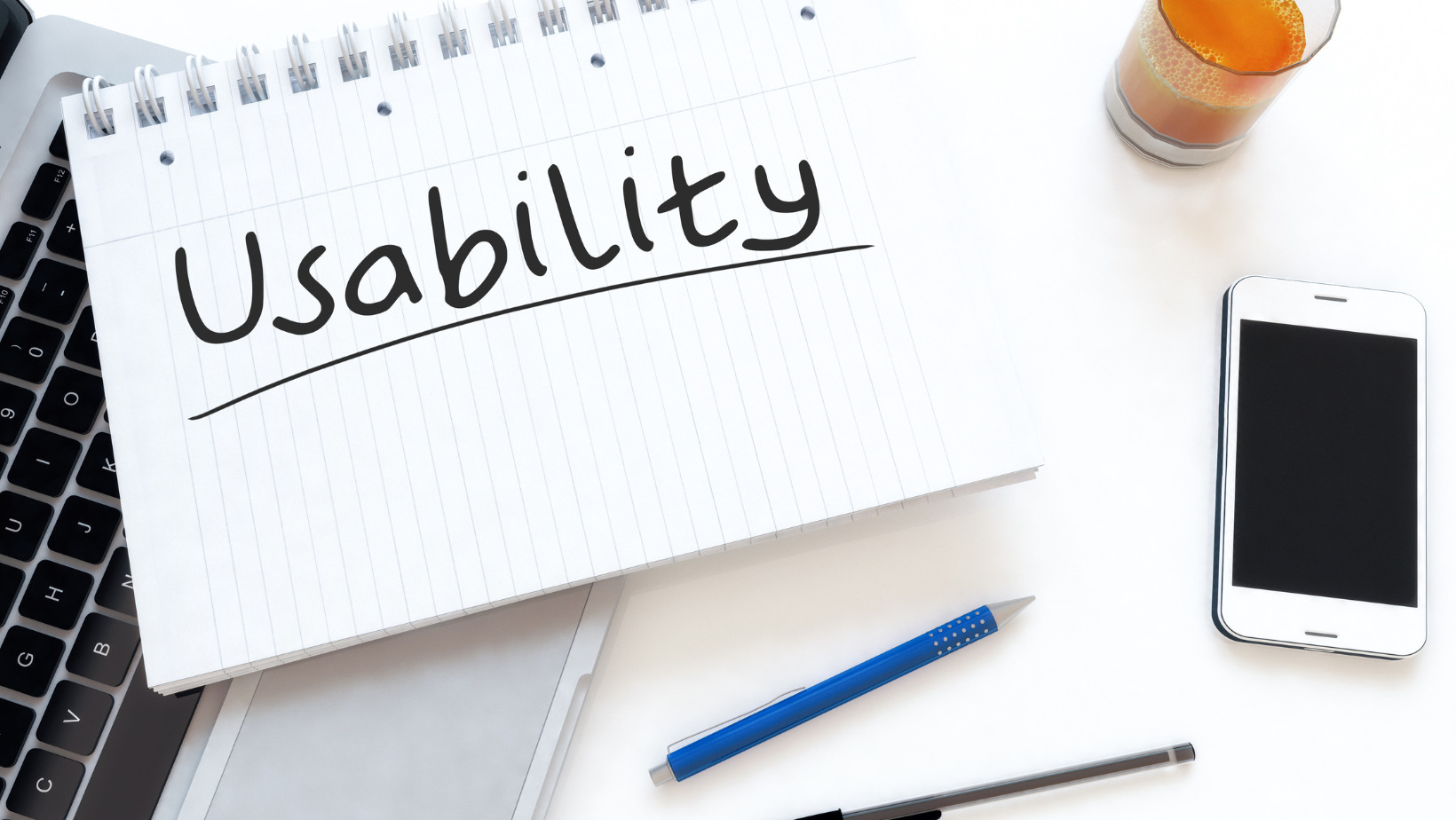Usability Testing: Improving the Connection Between Users and Product
Usability Testing is a very important aspect of the work of a professional QA engineer. A large part of the user’s perception (aka User Experience or UX) and, accordingly, the financial success of the project, depends on the stability and intuitiveness of the product. Unlike standard types of functional testing, Usability Testing requires the tester […]
QA/Testing

Usability Testing is a very important aspect of the work of a professional QA engineer. A large part of the user’s perception (aka User Experience or UX) and, accordingly, the financial success of the project, depends on the stability and intuitiveness of the product. Unlike standard types of functional testing, Usability Testing requires the tester to understand certain trends in technology as well as some psychological awareness.
What is Usability Testing?

This type of testing is aimed at improving the availability of the product for a wide range of users. It covers those requirements that are not related to the direction of the technical side but are responsible for the connection between the user and the product.
The main objectives of testing are:
- speed of work, resources of front-end and back-end components should be directed to minimize the time the user waits for a response
- adaptability for users from different platforms, be it PCs, web browsers, and mobile devices
- convenient interface, intuitive placement of elements, and smooth user-flow
- support for different languages depending on the region for which the product is targeted
- recognizability of elements and forms, shades of colors, which allow users with visual impairments to conveniently interact with the product.
- overall quality of design of graphic elements, clarity of fonts, and icons/images
- explanations and hints when there are complex interaction schemes or when a large amount of information is required for user input
- clear answers for cases when the user made mistakes during input, as well as descriptions of ways to correct them
There are many, at first glance, subjective things here. It is the understanding of one’s client that provides the basic basis of requirements for the product, and although these criteria may differ depending on the field and market to which the project is directed, there are certain universal rules for the design of a high-quality usability test.
Purpose of Usability Testing
- Ensuring the financial success of the product. The role of Usability Testing in this is to ensure a wide range of customers will visit your resource every day and use your services, because this is the basis of success in the market.
- Optimizing the interaction between the user and the product. People are always in a hurry, and users will subconsciously avoid those applications that require too many extra steps and waiting.
- Product clarity. Perhaps the user-flow in your application is refined and the back-end ensures fast work, but if the user does not understand what he needs to do to get his result, it can negatively affect his experience.
- Availability for different groups of users. As mentioned above, people with visual and sensory impairments should be on an equal footing with others on your app. The right interface promotes inclusiveness and an even wider audience.
- Ensuring competitiveness. Your product should be the most convenient and users should prefer it.
Forming Requirements for Usability Testing

At first glance, the description of the objects and goals of Usability Testing may seem too abstract, so let’s consider on what the requirements are based. In general, such application details should be determined at the project planning stage. However, as practice shows, many of these requirements and improvements appear already in the active phase of the life cycle, when there is already a certain number of users.
There are several sources of UX testing requirements:
- Automated user activity data beast. Collection of data on user flow: which modules your users interact with more and which they try to avoid, where their flow breaks off – these metrics can provide statistical information for further processing and determining the direction of development.
- Communication with clients. A very important component of the success and popularity of the application is the collection of feedback from users. Considering their needs and requests can provide a good basis for creating UX specifications.
- Tester’s own experience. Banal comparisons with other apps, identifying the product’s strengths and weaknesses give a good idea of how your product should work from a UX point of view.
Often these criteria are defined not by the tester himself but by other specialists, in particular the Product Owner or the marketing department if available. It is important for QA to actively participate in the design and make recommendations when possible.
Having received this data, you can safely start drawing up a test plan, taking into account the above-mentioned steps.

Mechanically, the additional work is not much different from the standard testing process. The main work here is actually done during the compilation of test scenarios and taking into account the goals and the requests of the audience.
In summary, Usability Testing is an important but often underestimated component of the overall testing process. Even if design teams don’t consider product accessibility, be proactive with recommendations. It’s important to always keep these scenarios in mind. They can greatly improve the overall quality of your product, which is, after all, the primary goal of a QA engineer.
Swan Software Solutions provides high-quality custom solutions and QA services. To find out more about how we can help your company with its technology needs, schedule a free assessment.




